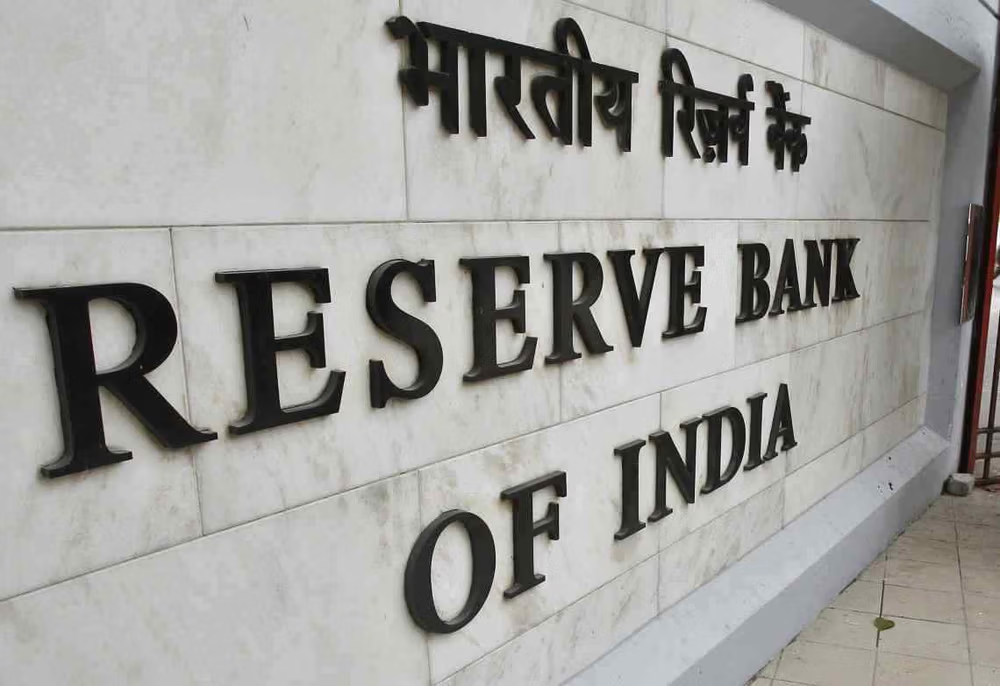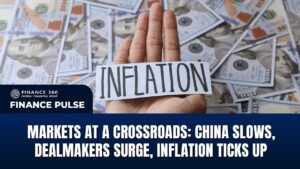Global growth continues to face headwinds, with persistent trade frictions, heightened policy uncertainty, and weak consumer sentiment weighing on the outlook. Despite this, the Reserve Bank of India (RBI) has said the Indian economy is exhibiting resilience even after high trade and tariff-related concerns.
Persistent trade frictions, heightened policy uncertainty, and weak consumer sentiment continue to create headwinds for global growth.
“Amidst these challenges, the Indian economy exhibited resilience. Various high-frequency indicators of the industrial and services sectors sustained their momentum in April,” according to the RBI Bulletin.
A bumper rabi harvest, higher acreage for summer crops, and favourable southwest monsoon forecasts for 2025 augur well for the agriculture sector.
Headline CPI inflation fell for the sixth consecutive month to its lowest since July 2019, primarily driven by the sustained easing in food prices. According to the Bulletin, domestic financial market sentiments, which remained on edge in April, witnessed a turnaround since the third week of May.
The year-on-year inflation rates based on the all-India consumer price index for agricultural labourers (CPI-AL) and rural labourers (CPI-RL) for April this year eased further to 3.48 percent and 3.53 percent, respectively, compared to 7.03 percent and 6.96 percent in April 2024, bringing respite to poor households.
Also, the domestic equity market, which declined initially in response to the US tariff announcements, gained momentum in the second half of April in the wake of robust corporate earnings reports for Q4 by some banking and financial sector companies.
Moreover, the growth rate of notes in circulation (NiC, in value terms) during 2014-2024 was significantly lower than that in the previous two decades.
NiC growth was noticeably higher than GDP growth during 1994 – 2004; the gap, however, has significantly reduced in the next two decades.
The Bulletin said there is a positive relationship between nightlights and taxes and between nightlights and GDP. This means that formal economic activity reduces the use of banknotes.
–IANS





